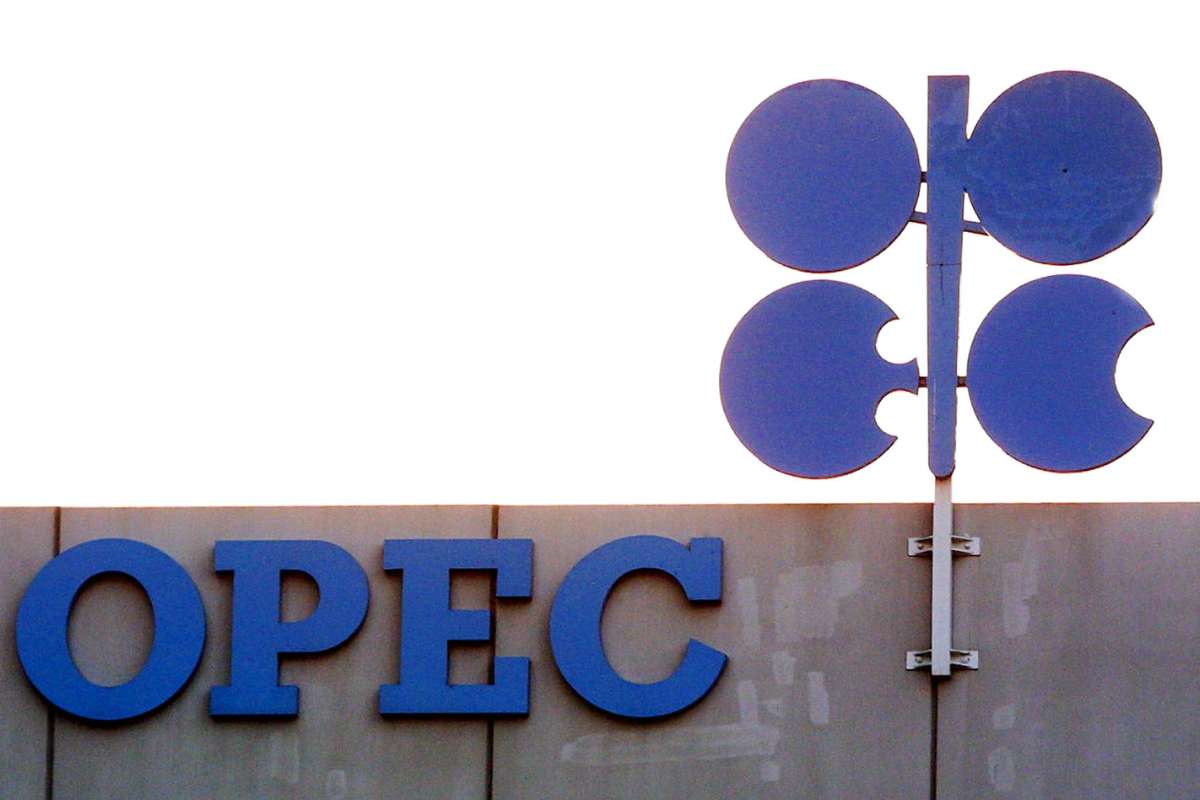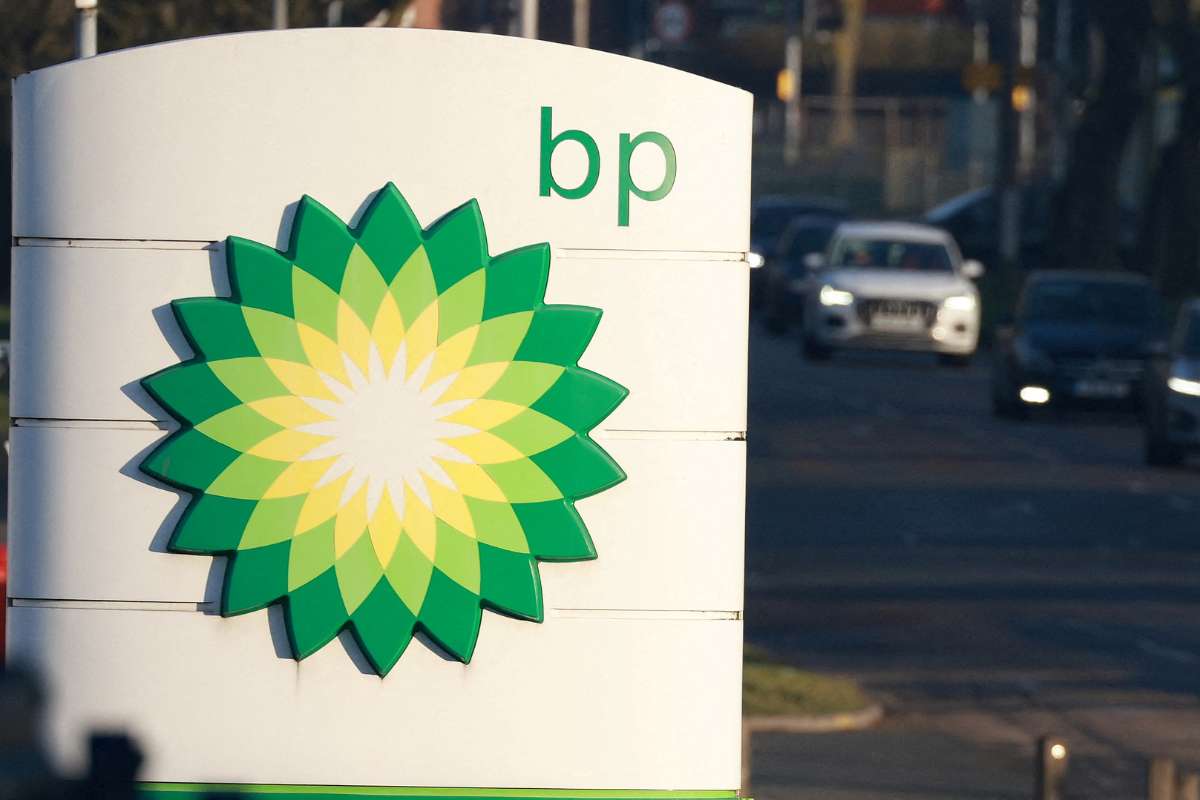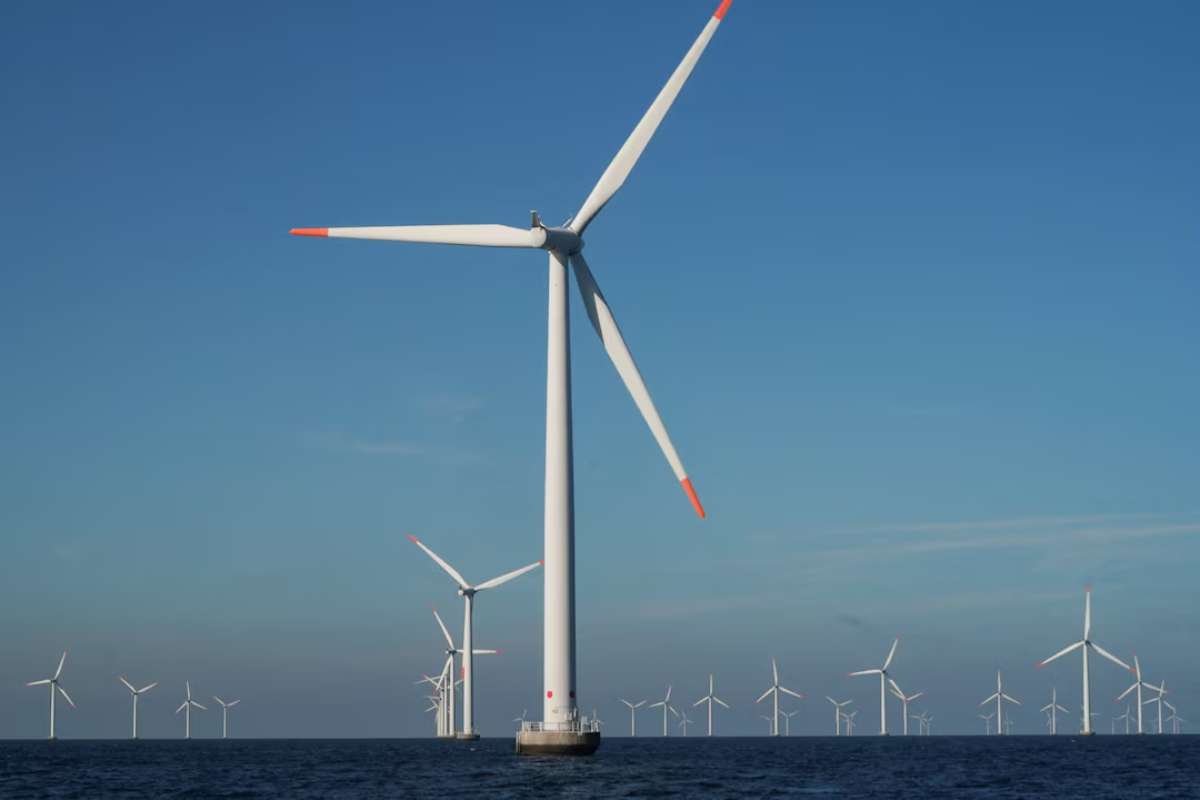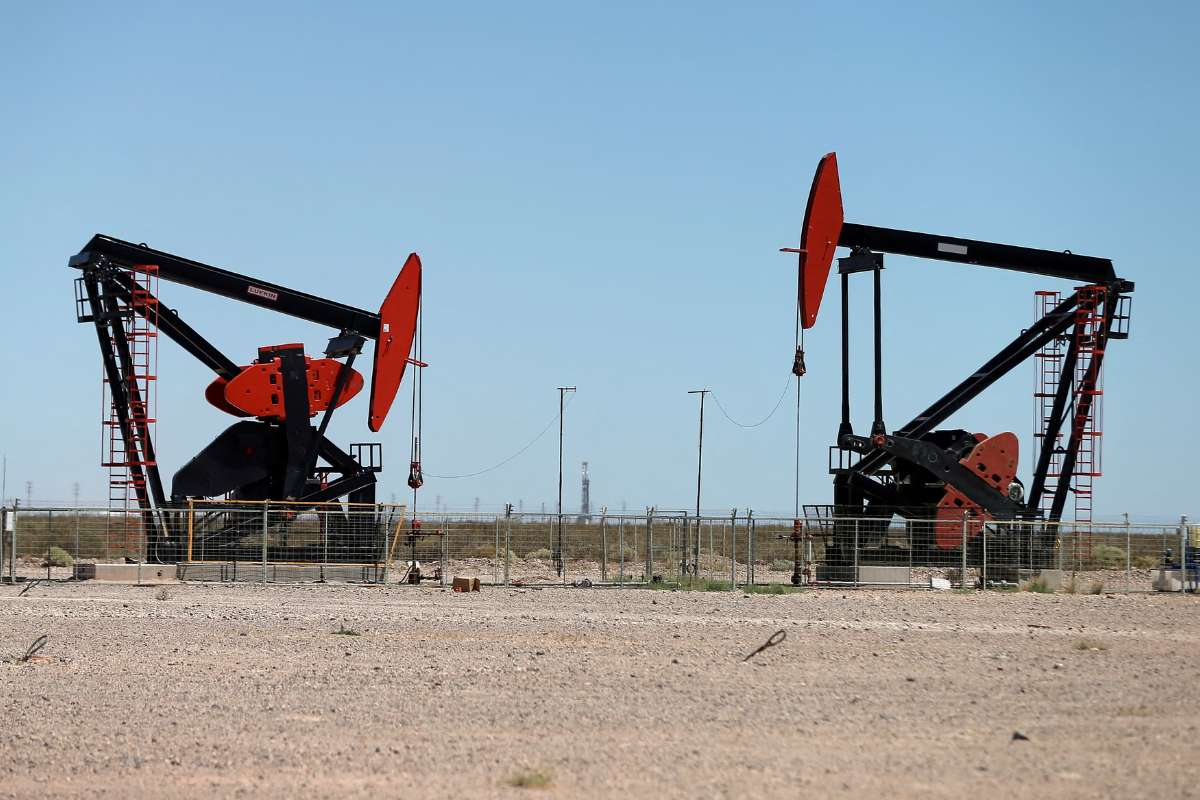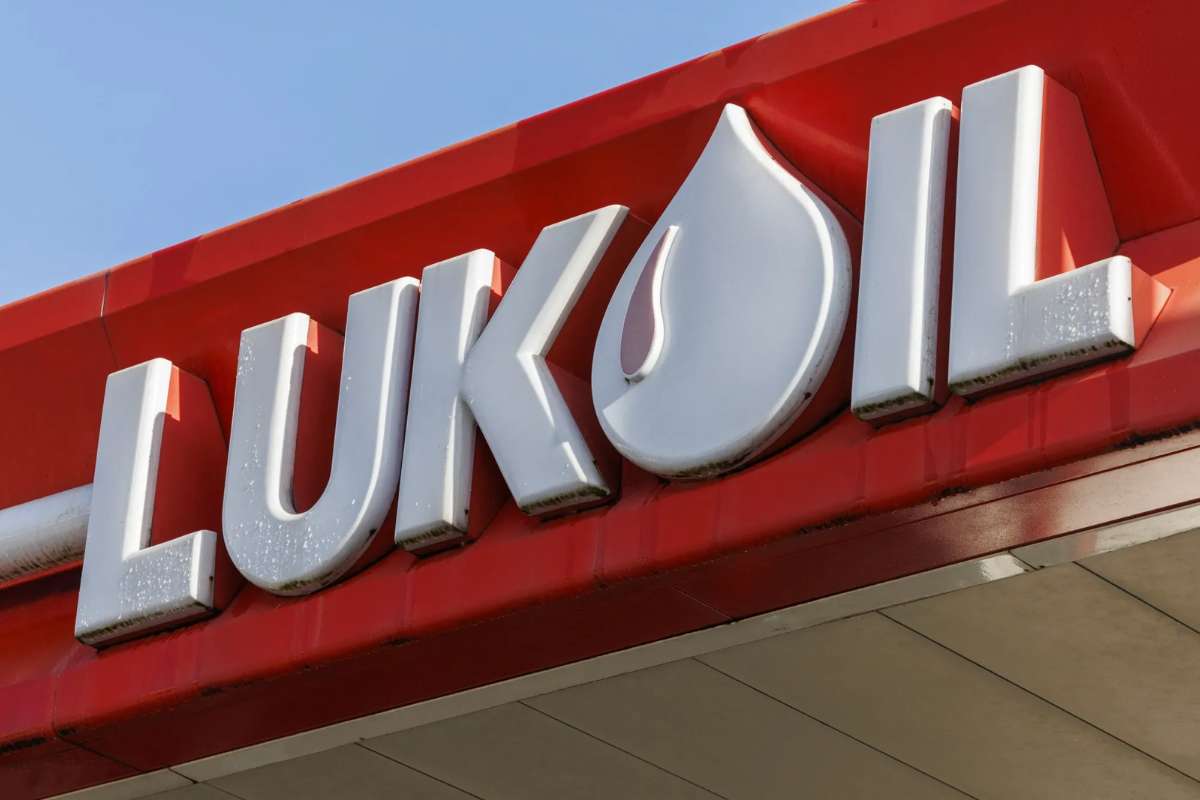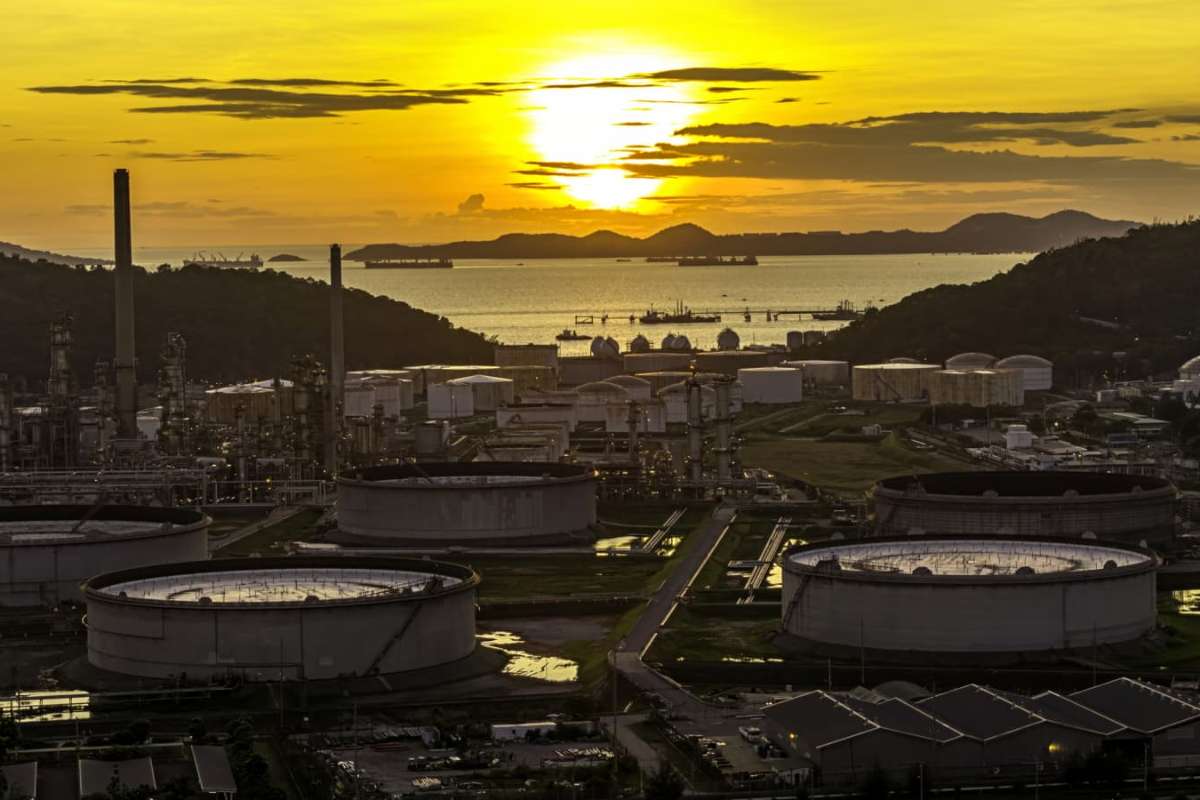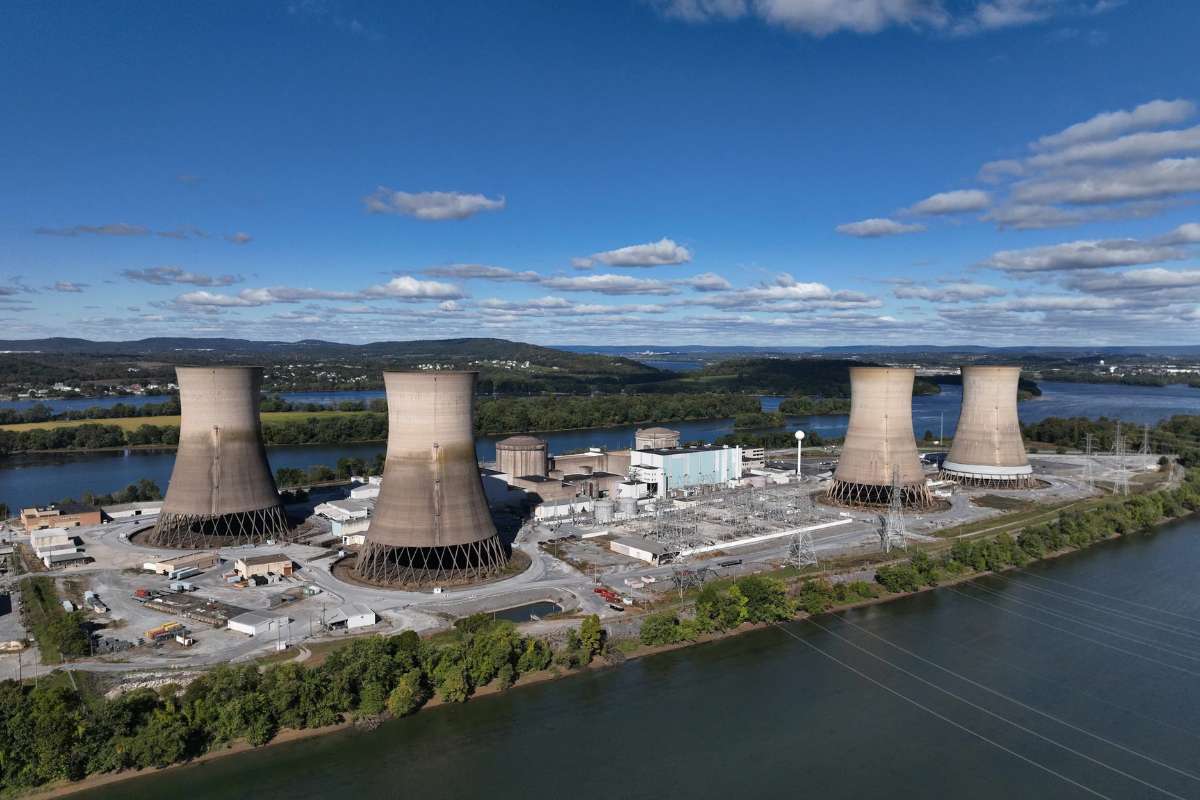Key Points:
- OPEC+ oil output will pause after a December increase to manage oversupply and seasonal demand weakness.
- The move aims to stabilize prices amid rising inventories and slower demand growth.
- Analysts say the pause aligns production with forecasts, maintaining market balance in early 2026.
OPEC+ announced on Sunday that it will pause oil output hikes beyond December, adjusting its OPEC+ oil output strategy in response to shifting global supply-demand forecasts, higher inventories, and seasonal demand patterns. The group’s decision reflects efforts to maintain price stability and manage production amid rising concerns of an oversupplied market in early 2026.
The alliance—comprising members of the Organization of the Petroleum Exporting Countries and partners including Russia—approved a 137,000 barrels per day (bpd) production increase for December, matching October and November levels. However, the group will halt additional increases from January through March 2026, citing weaker consumption forecasts and rising stock levels.
“The eight participating countries agreed to pause production increments in January, February, and March 2026 due to seasonal factors,” OPEC+ said in a statement following its monthly meeting. The decision was supported by Saudi Arabia, Russia, the United Arab Emirates, Iraq, Kuwait, Oman, Kazakhstan, and Algeria.
Balancing market stability
Since April, OPEC+ oil output has risen by roughly 2.9 million bpd since April, equal to about 2.7% of global supply. However, the pace of expansion has slowed as the group weighs the risk of excess supply against moderate demand growth and rising inventories.
Crude prices, which fell to a five-month low of around $60 per barrel in late October, have stabilized near $65 following signs of tighter supply conditions and new Western sanctions that could constrain Russian output. Analysts say the group’s decision to pause reflects a strategic response to these evolving market dynamics.
“OPEC+ is adjusting based on fundamentals—rising inventories, slower demand growth, and seasonal weakness in the first quarter,” said Jorge Leon, senior vice president at Rystad Energy. “It’s a pragmatic approach to protect prices and sustain market stability.”
The first quarter of each year typically marks a period of weaker consumption due to lower industrial and transportation activity, especially in the Northern Hemisphere. By delaying further output growth, the group aims to avoid exacerbating inventory builds during what is historically the softest demand phase of the year.
Supply forecasts and commercial focus
Global oil demand is projected to grow modestly by about 1.2 million bpd in the first half of 2026, compared to nearly 2 million bpd in 2025, according to independent forecasts. At the same time, global inventories have risen above their five-year average, signaling that supply is once again outpacing consumption.
Amrita Sen from Energy Aspects said the move demonstrates market discipline rather than restraint. “OPEC+ is aligning supply with forecasted consumption and inventory data, not political considerations. By pausing now, the group is managing both physical balances and price expectations.”
UBS analyst Giovanni Staunovo added that oil prices are unlikely to show major volatility in the short term, as the December OPEC+ oil output increase was already priced in by markets. “The group’s communication was clear, and this transparency helps maintain market confidence,” he said.
Supply-side risks and strategic timing
While demand remains steady in major consuming regions, several supply-side uncertainties continue to influence OPEC+ strategy. New sanctions affecting Russia’s leading producers, including Rosneft and Lukoil, are expected to constrain their export capabilities and introduce additional uncertainty into 2026 supply projections.
Russia’s Lukoil recently announced plans to divest its international assets, signaling a shift in its operational structure amid changing market conditions. Such developments, analysts say, reinforce the need for OPEC+ to maintain flexibility in production planning.
OPEC+ has been gradually unwinding production cuts introduced in 2020 and expanded during 2023–2024. At their peak, those cuts totaled about 5.85 million bpd. The broader output reduction framework, including voluntary adjustments, remains in place through 2026 to provide a structural mechanism for managing OPEC+ oil output.
The group’s next full meeting is scheduled for Nov. 30, when members will reassess supply trends, inventory levels, and demand outlook for the second quarter of 2026.
Market analysts expect the alliance to continue using data-driven adjustments to maintain a balanced market environment while avoiding the price volatility seen earlier in the decade.
Visit more of our news! Oil Gas Energy Magazine
